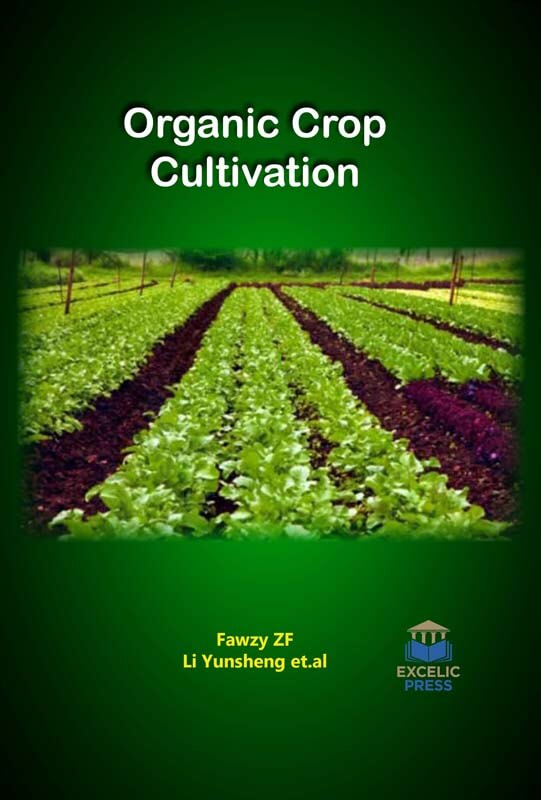Organic farming has been established as a promising and innovative method of meeting agricultural needs and food production with respect to sustainability. The concept of Good Agricultural Practices (GAP) has evolved in recent years in the context of a rapidly changing and globalizing food economy and as a result of the concerns and commitments of a wide range of stakeholders regarding food production and security, food safety and quality, and the environmental sustainability of agriculture. The increase in the use of agricultural chemicals has led to the emergence of many problems that were not previously faced by the environmental pollution in all its aspects, including the presence of these chemicals in food, which will reach the consumer levels may not be accepted according to the standards adopted, especially when working in ways that do not meet the conditions of optimal use of agricultural chemicals. Agriculture has a direct effect on our environment, so understanding what goes into it is important.
The book aims to shed light on the accounts of organic farming and at defining its past and present prospect. This book discusses organic farming with regards to the origins and principles, procedures and markets, administrations and institutions, and future prospects. The challenge of agricultural land depletion as a result of the pressure-driven by the ever-growing population has brought about a renewed focus on the need for sustainable practices in agricultural production. Biochar is the solid carbonaceous product obtained when plant and/or animal biomass is subjected to pyrolysis. This book reviews the properties of biochar and its impacts when incorporated into the soil. Maintaining high biodiversity in agroecosystems makes agricultural production more sustainable and economically viable. Agricultural biodiversity ensures, for example, pollination of crops, biological crop protection, maintenance of proper structure and fertility of soils, protection of soils against erosion, nutrient cycling, and control of water flow and distribution. During the last decades, worldwide losses of biodiversity have occurred at an unprecedented scale and agricultural intensification has been a major driver of this global change. Therefore, the book presents the central role of biological diversity in agroecosystems and organic farming. This book concludes with the principles and strategies of crop protection in organic farming, the cultural practices adopted, the active substances allowed for use to suppress pests, and the impacts on faunal and floral biodiversity. Both the farmers and non-farmers believed that organic crops are safe, high quality, and high cost. Some non-organic farmers and non-farmers desired to do organic farming but needed information such as production techniques and costs. This book indicates a need to provide some farmers and non-farmers with more information on how to become active in organic production in this region and suggests a continued need for policies to make organic production more amenable to adoption by producers.
Providing readers with fundamentals and importance of organic farming that presents advancements in the field and insights on the future, we hope that our book will assist students and researchers from around the globe to gain new and remarkable results in the domain of organic farming and food production.














Reviews
There are no reviews yet.